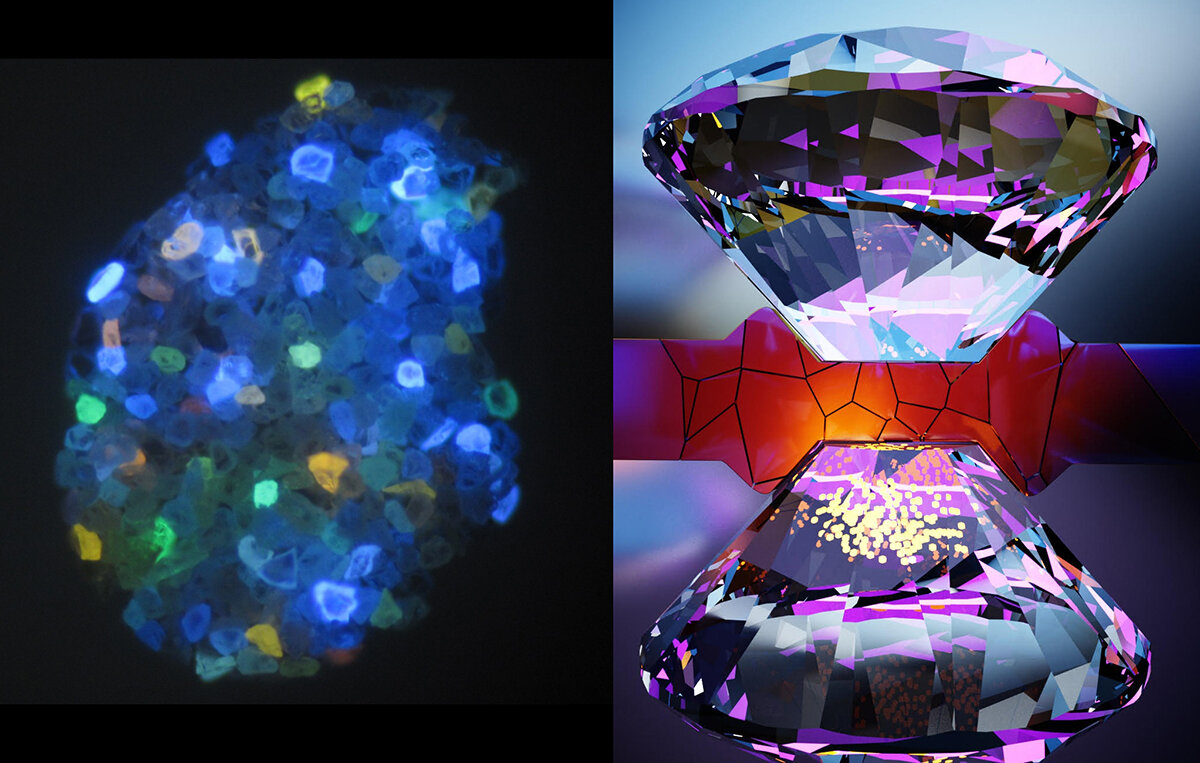
Scientists at Berkeley Lab and UC Berkeley have turned natural atomic flaws inside the diamond anvils into tiny quantum sensors. Over the last decade, scientists have used these famous NV centers as tiny sensors to measure the magnetism of a single protein, the electric field from a single electron, or the temperature inside a living cell. To take advantage of the NV centers’ intrinsic sensing properties, the team engineered a thin layer of them (a few hundred atoms in thickness) directly inside the diamond anvil in order to take a snapshot of the physics within the high-pressure chamber.
They surprisingly found that the once-flat surface of the diamond anvil began to curve in the center under pressure. In another experiment, the researchers used their array of NV sensors to capture a magnetic “snapshot” of iron and gadolinium. They noted that the NV center sensors can flip into different magnetic quantum states in the presence of magnetic fluctuations, much like how a compass needle spins in different directions when you wave a bar magnet near it.
The team hopes that this “noise spectroscopy” technique will provide scientists with a new tool for exploring phases of magnetic matter that can be used as the foundation for smaller, faster, and cheaper ways of storing and processing data through next-generation ultrafast spintronic devices. (Phys.org)
